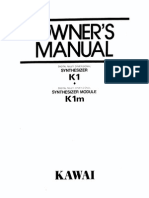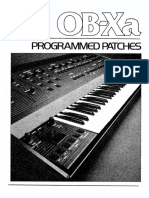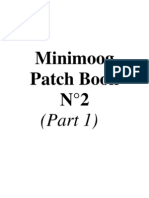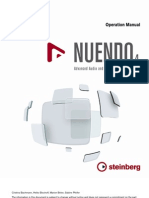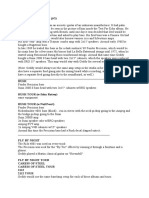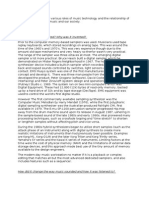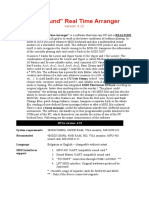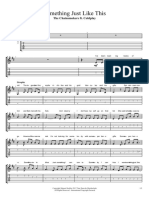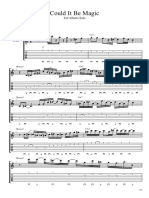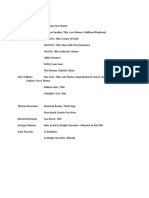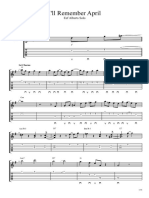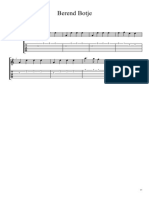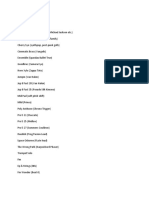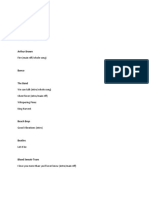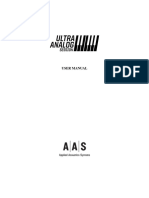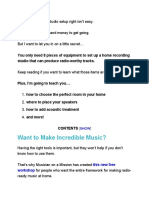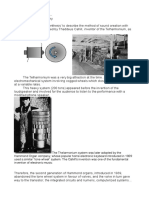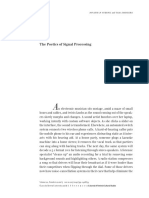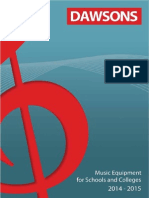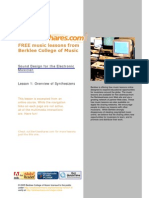100% found this document useful (2 votes)
1K views8 pagesGenesis Keyboard Gear Evolution
The document lists the keyboards and synthesizers used by Genesis on their studio albums and tours from 1969 to present. It shows their progression from using primarily pianos, organs and the Mellotron in the early years to incorporating various analog and digital synthesizers like the ARP, Moog, Yamaha CS-80 and others starting in the 1970s. By the 1980s and 90s they had transitioned fully to digital synths, samplers and workstations, and continue to employ modern keyboard technologies in their recent tours.
Uploaded by
Pablo PluutCopyright
© © All Rights Reserved
We take content rights seriously. If you suspect this is your content, claim it here.
Available Formats
Download as DOCX, PDF, TXT or read online on Scribd
100% found this document useful (2 votes)
1K views8 pagesGenesis Keyboard Gear Evolution
The document lists the keyboards and synthesizers used by Genesis on their studio albums and tours from 1969 to present. It shows their progression from using primarily pianos, organs and the Mellotron in the early years to incorporating various analog and digital synthesizers like the ARP, Moog, Yamaha CS-80 and others starting in the 1970s. By the 1980s and 90s they had transitioned fully to digital synths, samplers and workstations, and continue to employ modern keyboard technologies in their recent tours.
Uploaded by
Pablo PluutCopyright
© © All Rights Reserved
We take content rights seriously. If you suspect this is your content, claim it here.
Available Formats
Download as DOCX, PDF, TXT or read online on Scribd
/ 8

